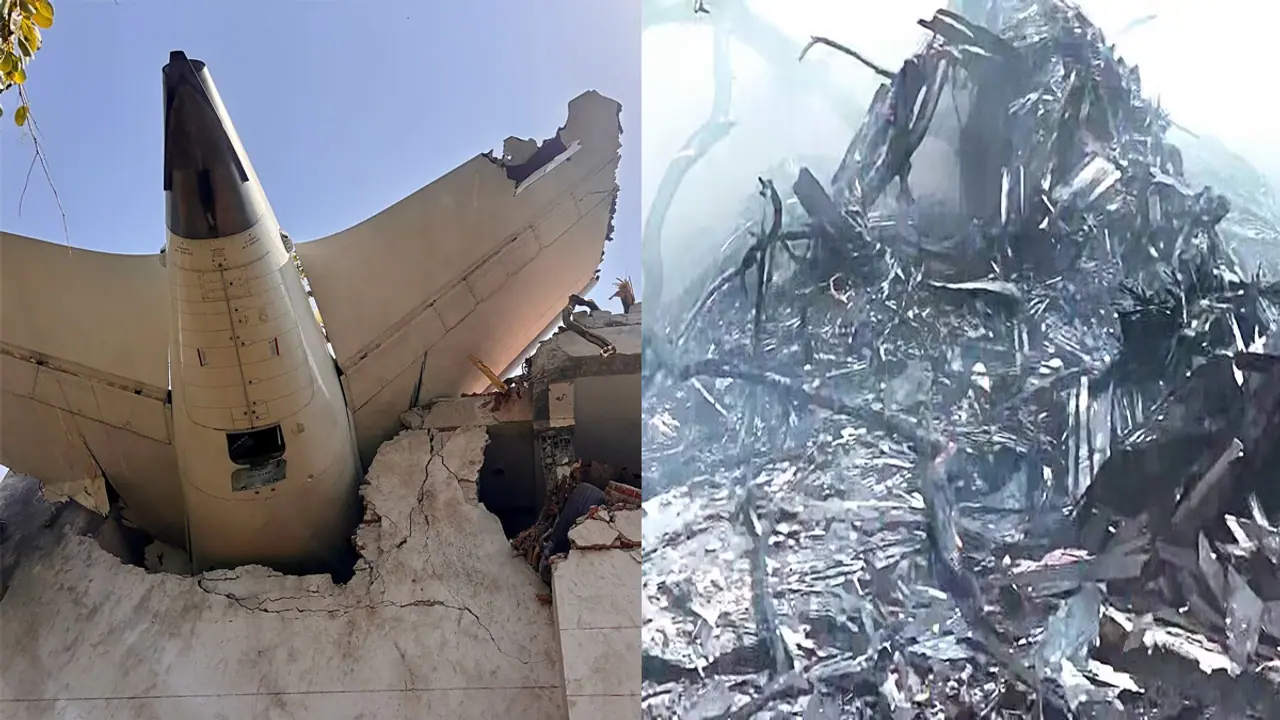Air India Flight 171 crashed after a long takeoff roll, killing all 241 onboard. The crew's final transmission indicated thrust failure. Initial investigations reveal no prior issues with weather, runway allocation, or aircraft systems.
In the final moments before tragedy struck, the cockpit of Air India Flight 171 transmitted a chilling call: "Thrust not achieved… falling… Mayday! Mayday! Mayday!" The distress call, confirmed by Ahmedabad police, reached the air traffic control (ATC) just seconds before the Boeing 787 Dreamliner crashed into the BJ Medical College hostel on Thursday afternoon, killing all 241 people on board.

According to top officials involved in the initial investigation, the wide-bodied jet had nearly exhausted the 3.5 km runway at Sardar Vallabhbhai Patel International Airport during take-off—well beyond the typical 2.5 to 3 km used by aircraft of this size. "The unusually long runway roll suggests the aircraft may not have achieved the required thrust for take-off," said a senior official familiar with the probe.
Sources revealed that no red flags were raised before take-off. "There were no last-minute changes to runway allocation, no requests for thrust adjustments or flap configurations," an airport official said. Weather conditions were stable, visibility was clear, and though the temperature was high, it remained within acceptable operational limits.
CCTV footage from the airport corroborated the prolonged take-off attempt, but showed no visual anomalies. Ground personnel and ATC confirmed there were no unusual pitch movements or engine irregularities before the aircraft went off radar. All communication and procedural protocols, sources said, were followed as per standard.
Authorities are now focused on retrieving and decoding data from the aircraft's black box—comprising the flight data recorder and cockpit voice recorder. Investigators believe this will be critical in reconstructing the timeline and identifying what caused the suspected thrust failure that doomed the flight.


